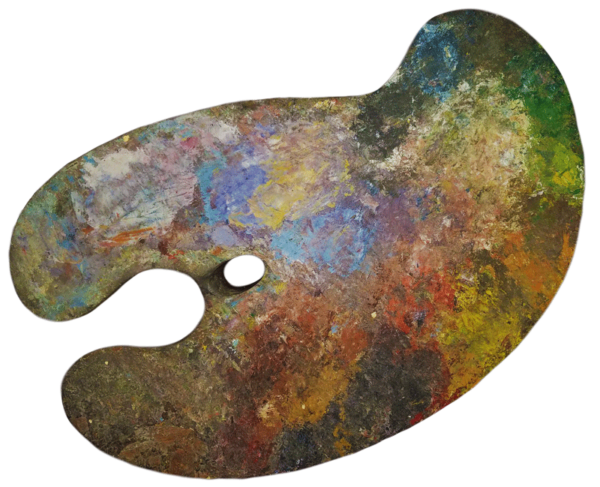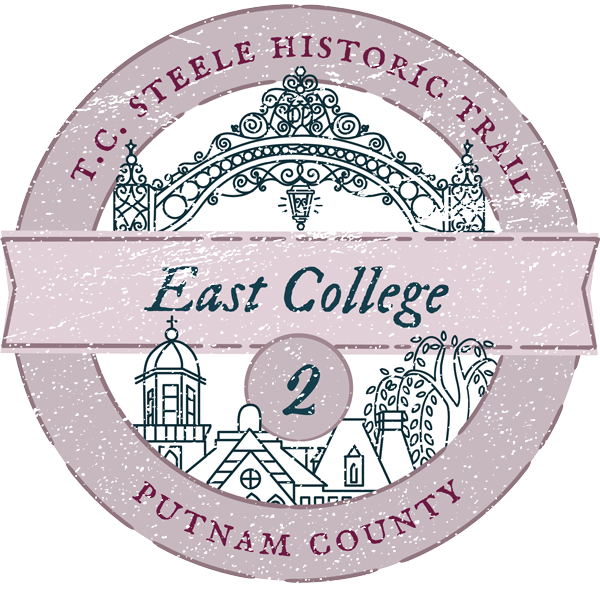
East College
East College, DePauw University
101 E. Seminary Street
Greencastle, Indiana 46135 – USA
Latitude: 39.64036°N, Longitude: 86.86081°W
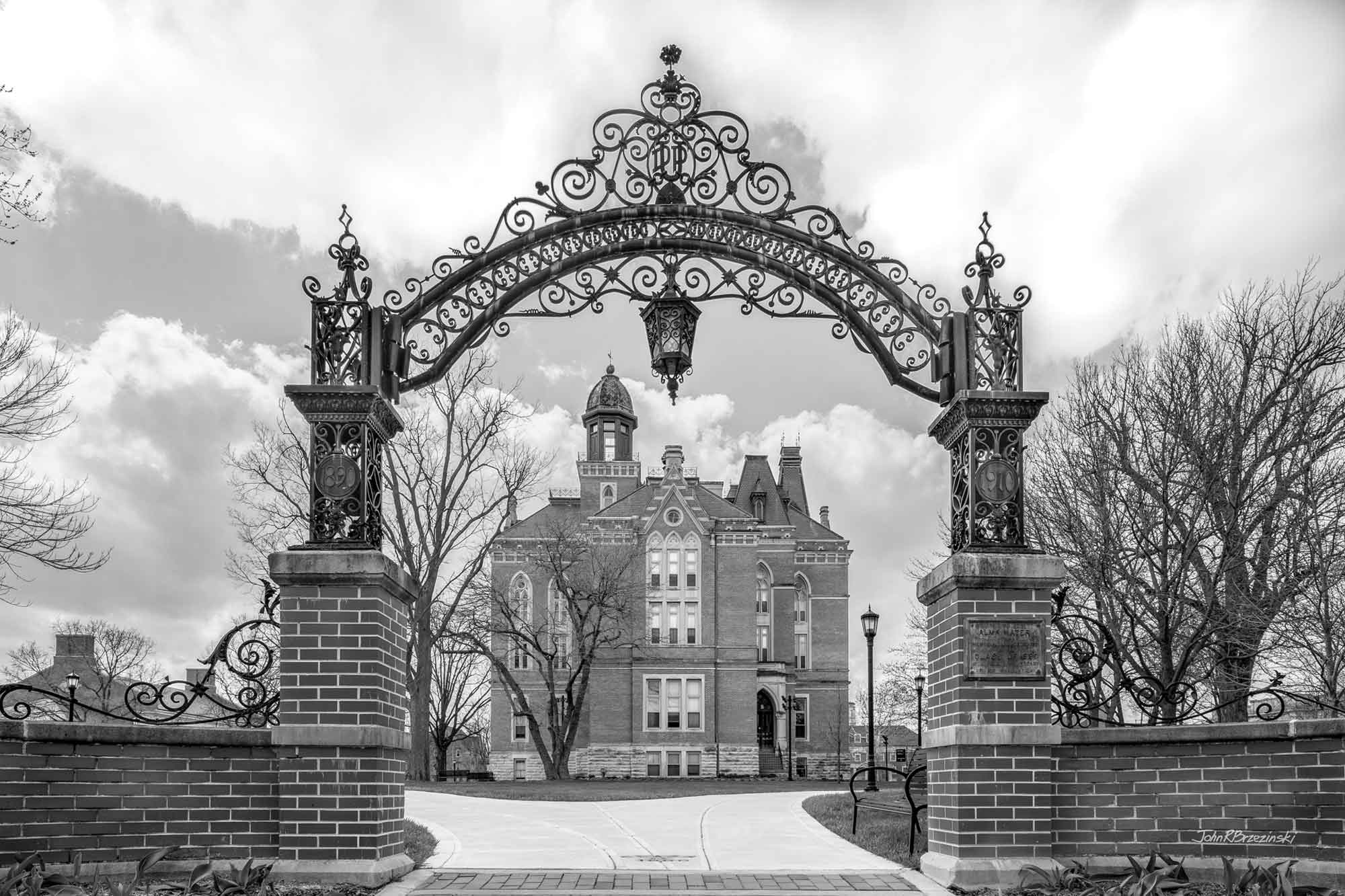
A Transformative Space
Looking through the arch in front of historic East College, the oldest building at DePauw University, it’s easy to be transported back in time. The cornerstone of this remarkable structure was laid in 1870, marking the beginning of a legacy that still stands to this day.
East College was a marvel of its time, featuring an eclectic design that incorporated some of the most popular architectural trends in America. From the pointed crown Gothic arches to the French mansard roof to the slender Italianate columns, the building exuded an air of sophistication and elegance unlike anything else in the quiet village of Greencastle, Indiana.
Aerial view of campus c. 1890; An East College classroom c. 1890; Students in an East College classroom c.1980
A large tower housed a clock that was donated by the citizens of town, along with a great bell that was gifted by the graduating class of 1879. In a smaller tower, a refracting telescope was installed for celestial observation. The spacious second-floor Meharry Chapel was a main feature, rumored to be haunted by some students. The president’s office was located beside it, the only room in the building with a fireplace. Each professor had their own classroom, some of which had attached library rooms, while the chemistry laboratory occupied the basement. The names of important donors were inscribed almost everywhere, from classroom doors to the hallways, reminding visitors of the contributions that made this historic building possible.
One of Nature’s Noblemen
The university, at that time known as Indiana Asbury, had a profound impact on T.C. Steele’s early development as an artist. In particular, one professor of natural science played a significant role in his growth: Professor Joseph Tingley.
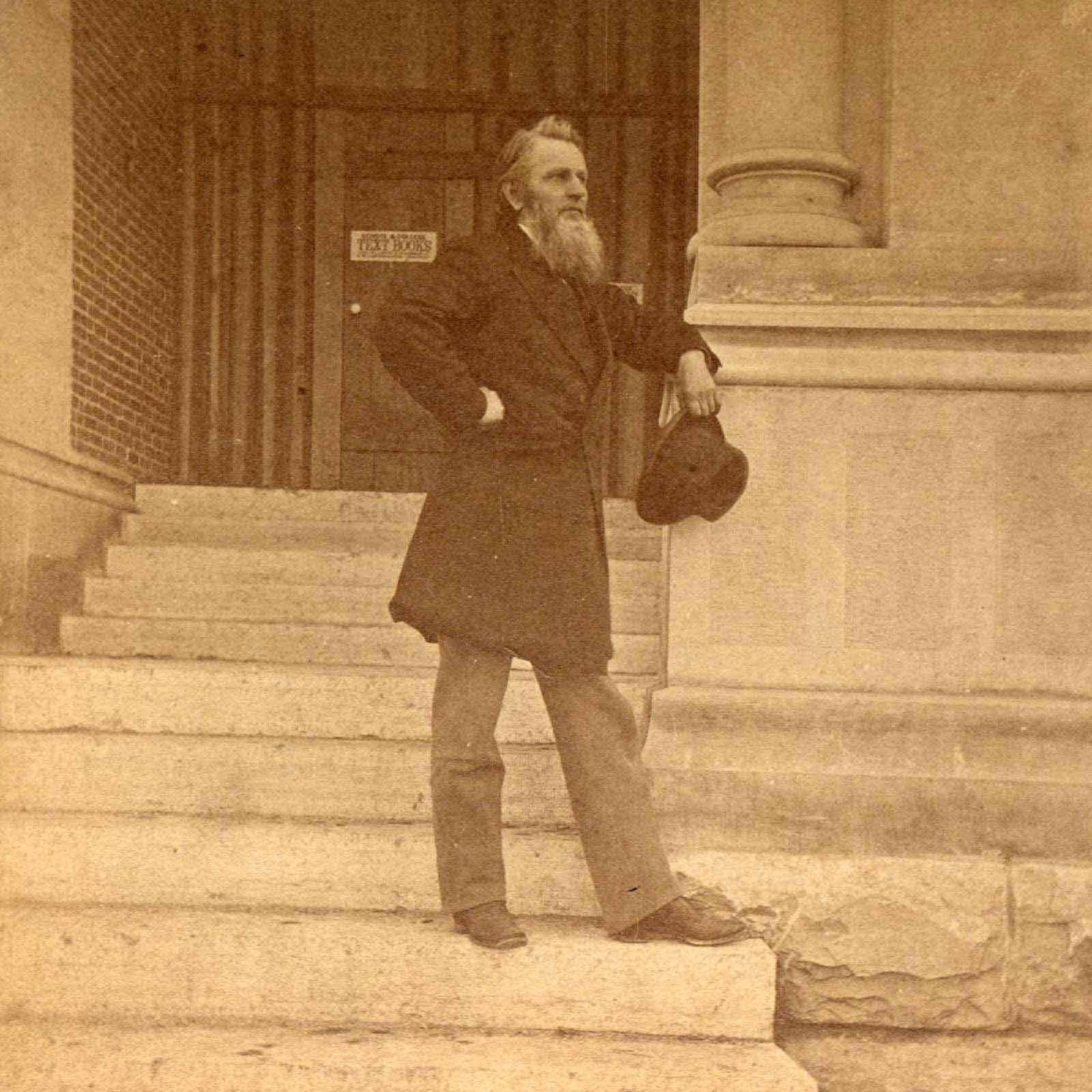
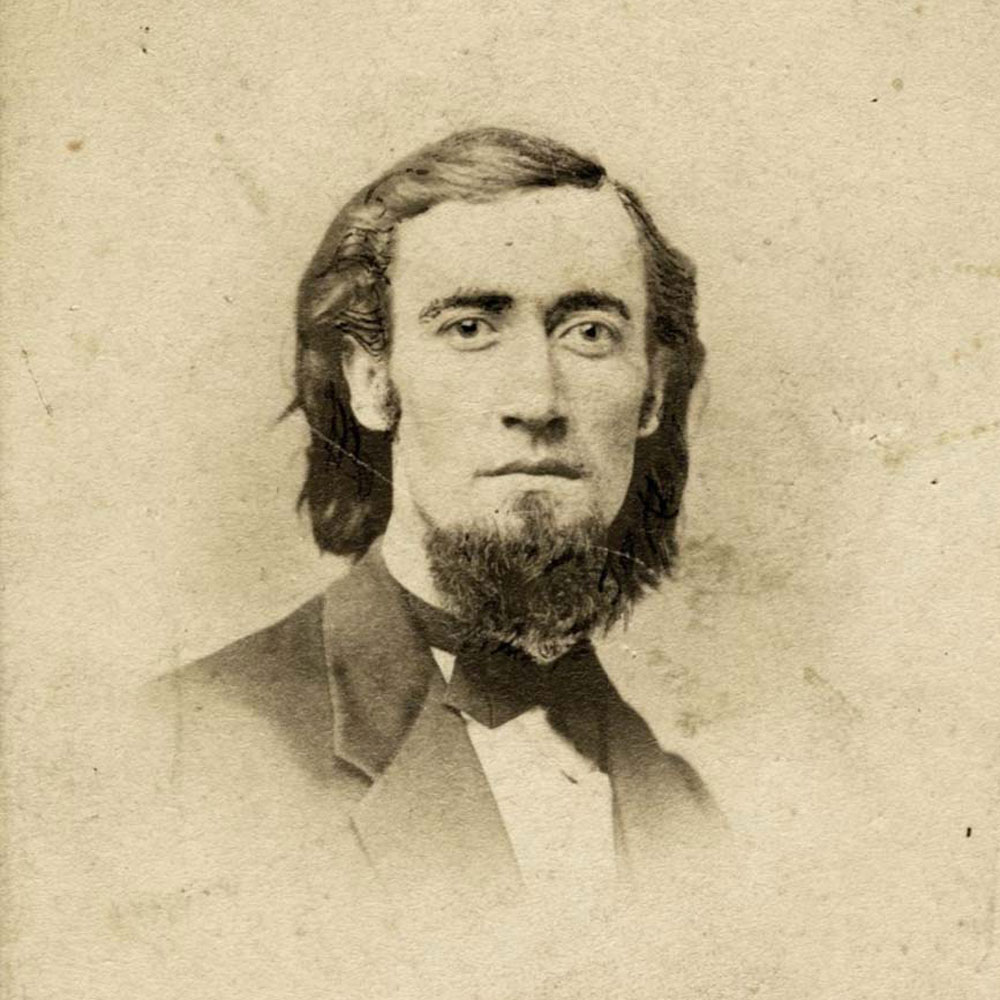
Tingley’s extensive curriculum covered a diverse range of subjects such as astronomy, botany, chemistry, geology and mineralogy, natural history, natural philosophy (physics), and physiology. Students spoke highly of him and regarded him as a man of many talents, including being an accomplished artist, musician, mechanic, scientist, and speaker.
“Joseph Tingley was a man of rare and versatile genius, accomplished in many arts.”
E.E. Edwards, student
“He was one of nature’s noblemen.”
Student, 1892
As a naturalist, Tingley integrated photography, drawing, and even painting into his work. The president of the university at the time commended Tingley’s artistic abilities, describing him as skilled with a pencil and brush. Therefore, it is not surprising that at the age of 16, Steele spent a summer in private study with Tingley at the college.
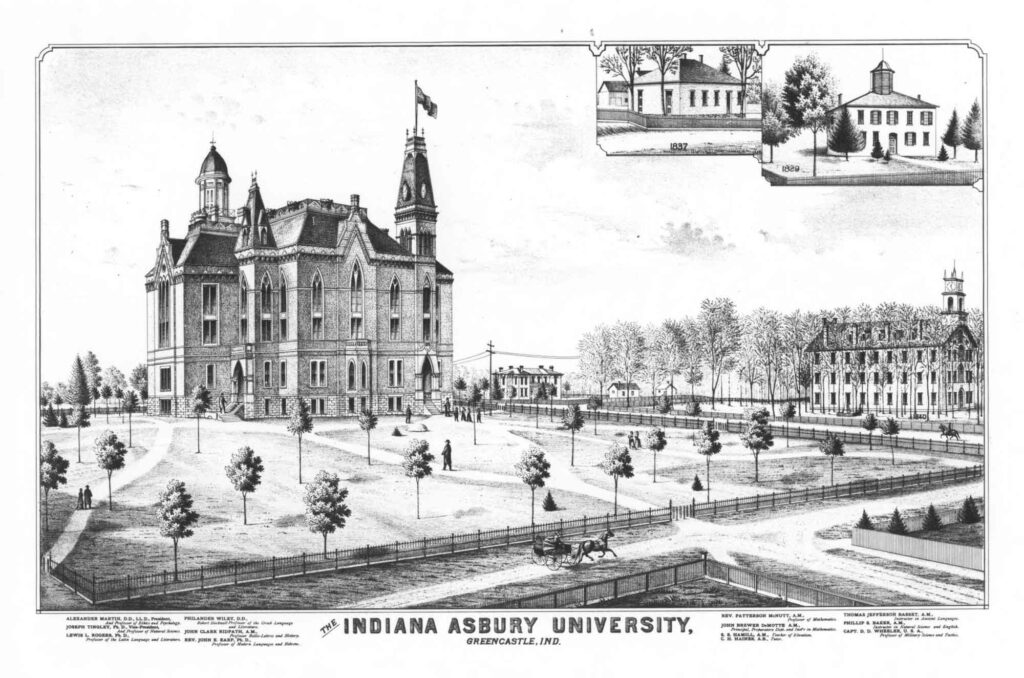
From Asbury to DePauw
During Steele’s youth, the school was known as Indiana Asbury University. It was founded in 1837 with an emphasis on Christian character and piety. In 1884, the school was renamed in honor of Washington Charles DePauw, a wealthy Indiana native who was a philanthropist and Methodist.
Around this time, T.C. Steele was commissioned to complete a portrait of DePauw. He would return to paint portraits of other university staff, donors, and trustees throughout his life. Interestingly, Steele even painted the two children of Professor Tingley.
Related Steele Works
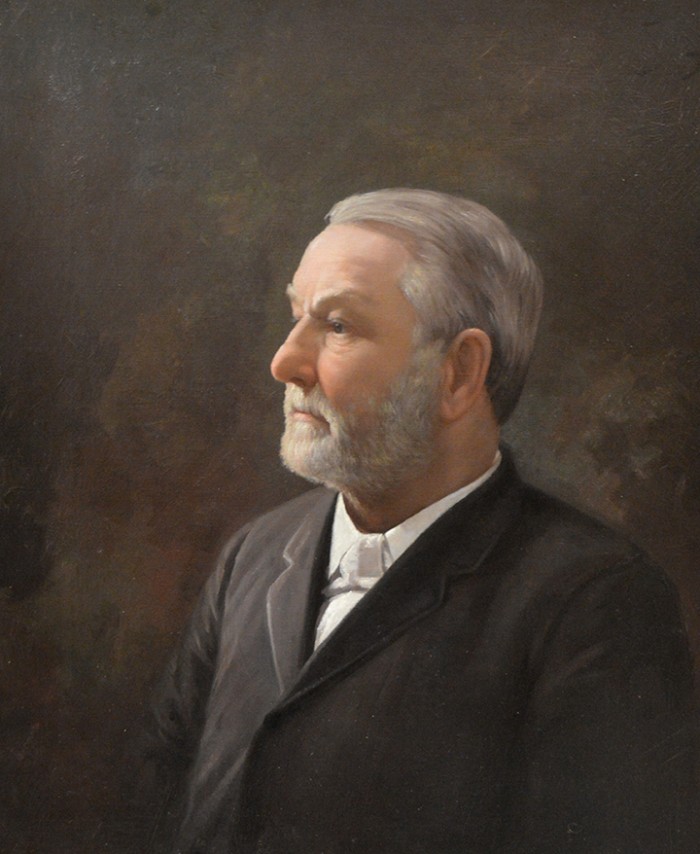
Washington Charles DePauw
n.d., Oil on Canvas
Courtesy Richard E. Peeler Art Center, DePauw University
Washington DePauw (1822-1887), known as W.C., made his fortune during the Civil War and owned a series of farms, mills, and a bank. His greatest business endeavor was the American Plate Glass Works factory that he opened in New Albany, Indiana, which at one point led the entire nation in plate glass production.
He initially donated money to Indiana Asbury for the construction of East College and was later elected to the Board of Trustees, and later served as president of the board. He went on to donate a significant portion of his wealth to create and build five new buildings on campus, including the law and theology schools.
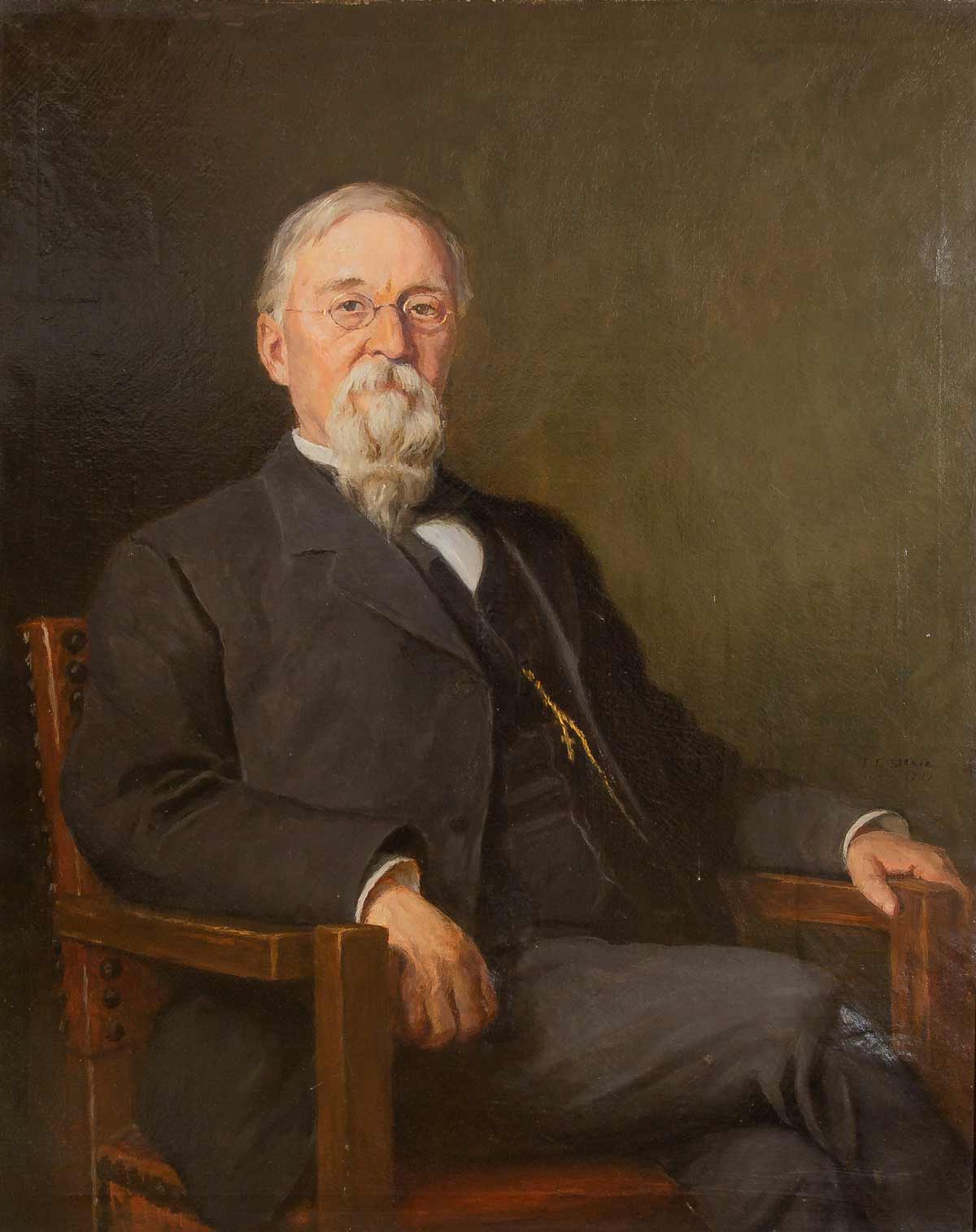
Simeon Smith, Benefactor
1911, Oil on Canvas
Courtesy Richard E. Peeler Art Center, DePauw University
Simeon Smith (1839-1912), a prominent and wealthy resident of Green County, Indiana, was a farmer by trade. In his last will and testament, he designated DePauw University as the primary beneficiary of his wealth. This generous gift included selling land from his farms, with the proceeds used to establish the “Simeon Smith Chair of Chemistry” for the university.
He was remembered in the press “as of a retiring disposition, a church goer and worker” and carried out his life’s ambition “to do good”.¹
You can see his portrait in the East College building on the first level of the East stairwell.
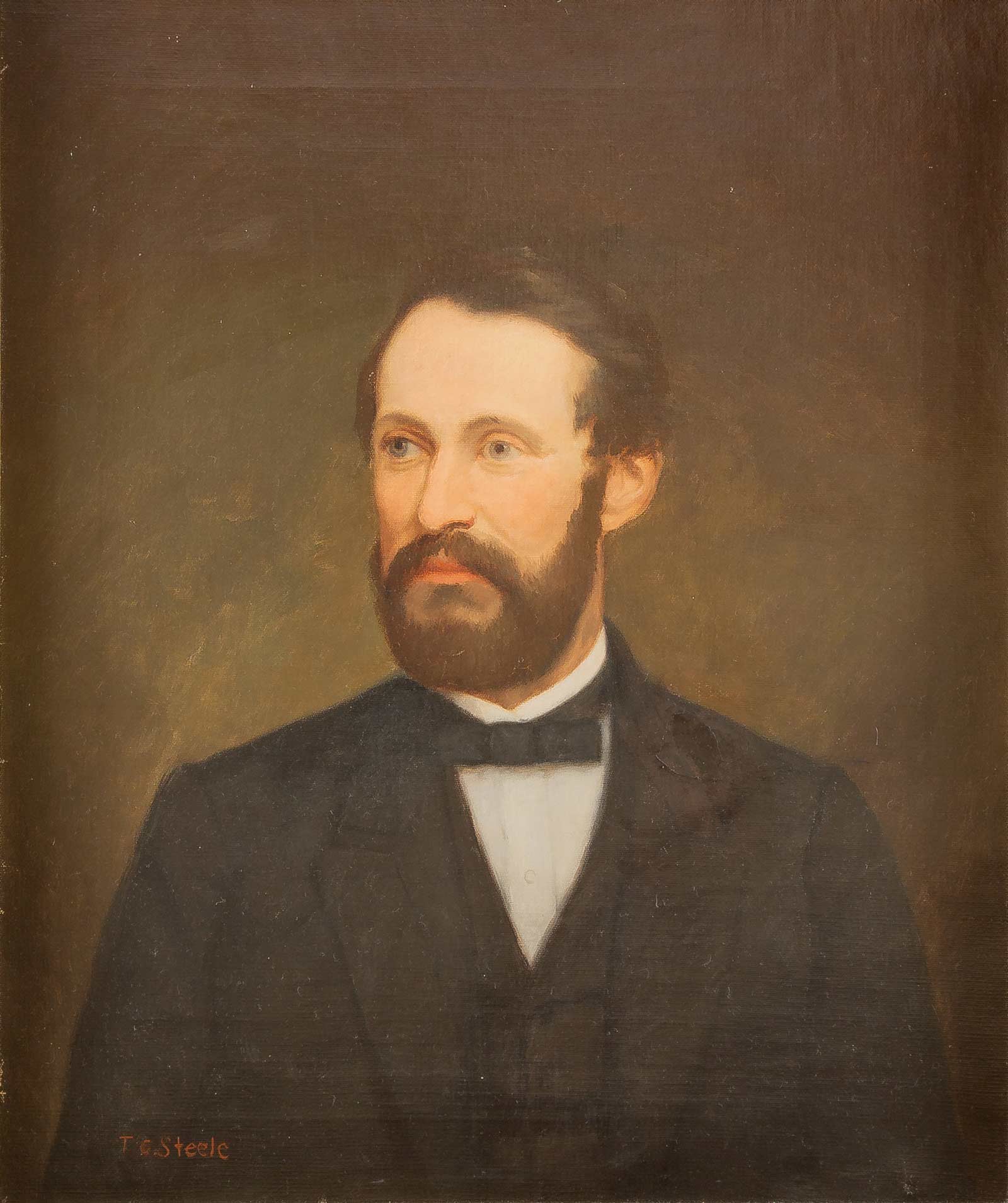
Miles J. Fletcher
n.d., Oil on Canvas
Courtesy Richard E. Peeler Art Center, DePauw University
Miles J. Fletcher (1828-1862) was born in Indianapolis, the son of prominent citizens Calvin J. Fletcher, Jr. and Sarah (Hill) Fletcher. He was also the brother of Calvin Fletcher Jr., who had a close friendship with T.C. Steele (see T.C. Steele Historic Trail Stop #1, Return to Owen County).
Fletcher pursued a career in academia, specializing in English literature, normal instruction, belles letters, and history. He served as a professor at Asbury College (later known as DePauw University) during two periods, from 1852 to 1854 and again from 1857 to 1861.
In 1860, Fletcher’s talents and dedication led to his election as the Superintendent of Public Instruction for Indiana. This same year, Oliver P. Morton became the Governor of Indiana, earning the title of Indiana’s Civil War Governor.
During the Civil War, Governor Morton requested the presence of Calvin Fletcher on a train journey to address the Indiana Troops. However, Calvin Fletcher was occupied with other commitments and proposed that Miles Fletcher take his place. Tragically, Miles Fletcher met his demise when the locomotive collided with a parked freight car while approaching Sullivan, Indiana. His funeral, reportedly one of the largest in Indianapolis history, served as a testament to the impact he had made in his community.
Miles Fletcher’s memory is preserved in East College, where a portrait of him hangs on the first-floor hall. This space is open to the public, allowing all to remember and appreciate his contributions.
Nearby Attractions
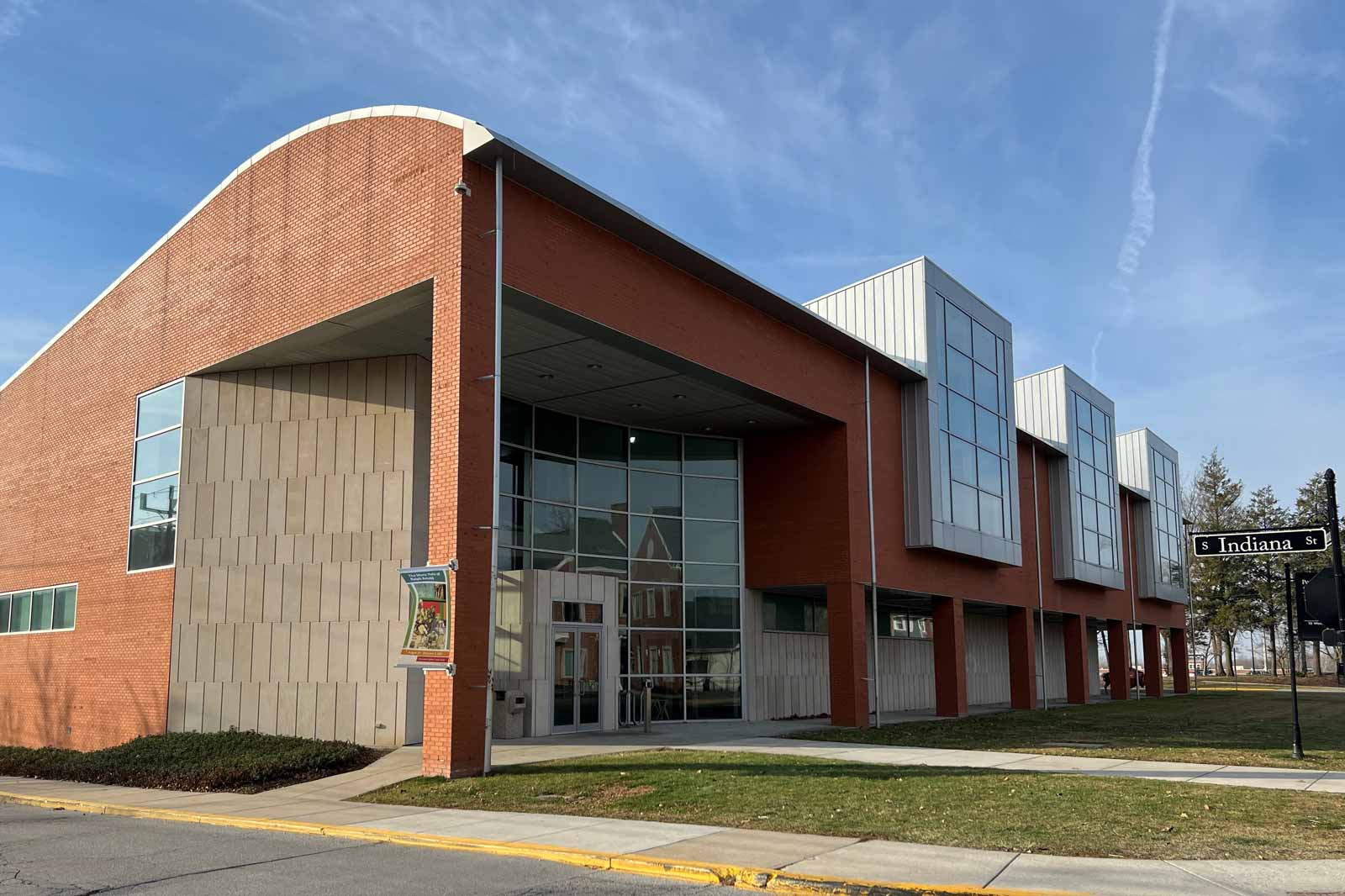
Richard E. Peeler Art Center
10 W. Hanna Street
Greencastle, Indiana 46135
Over the course of a century, the current Peeler Art Center at DePauw University has received twelve Steele paintings in their collection, including landscape, still life, and historic portraiture. Two of these portraits are on public display in historic East College. Other works may or may not be on public exhibit, so it is best to check in advance of your visit.
- Portrait Washington C. Depauw (n.d 1868-1926)
- Portrait Miles J. Fletcher (n.d. 1860-1926)
- Portrait Simeon Smith (n.d. about 1911)
- Evening (1919)
- Portrait of Mrs. Hamilton (1890)
- Winter Evening (n.d. 1869-1926)
- Afternoon at House of the Singing Winds (1908), a.k.a. Two Women in Conversation
- Still Life with Spring Flowers (1921)
- Flowers, Early August: Still Life with Flowers (1917)
- Forest in Summer (1918)
- Oregon Coastal Seascape (1903)
- Portrait of Brandt Steele (1874)
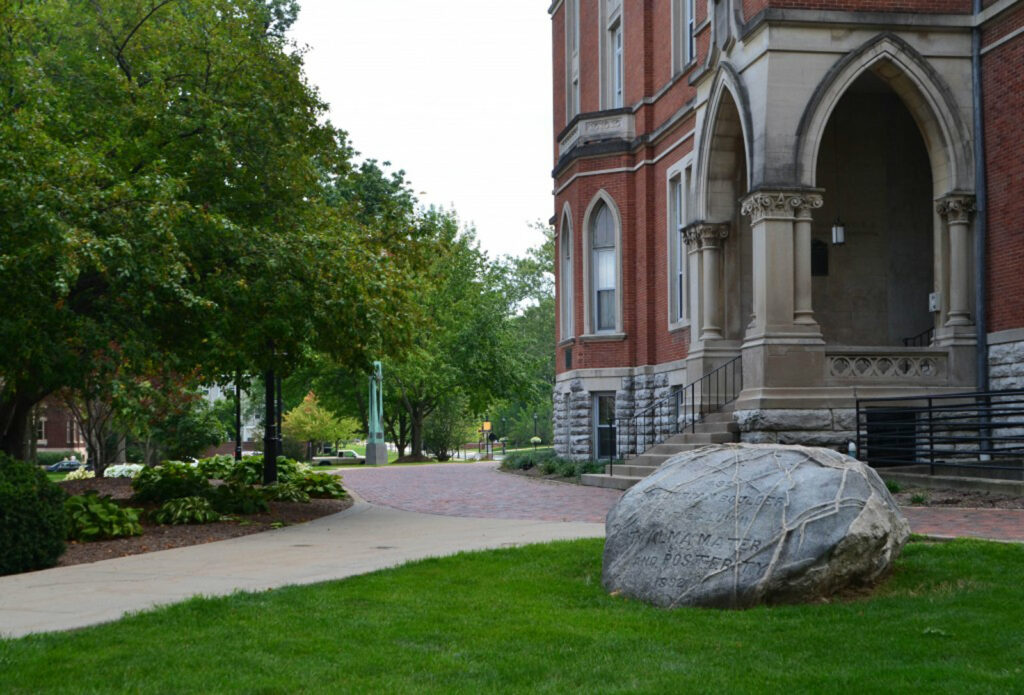
The Columbian Boulder
East College
101 E. Seminary Street
Greencastle, Indiana, 46135
In 1892, DePauw University received a significant gift from its alumni: a massive rock known as The Boulder. The gift was in honor of the 400th anniversary of Columbus’s discovery of America. It was originally discovered by Farmer Hiram Thomas, who claimed it was a petrified turtle and charged visitors 10 cents to view it. Several alumni bought the boulder and transported it to campus via the Monon Railroad and a wagon pulled by 26 horses. Today, The Boulder remains an iconic gathering spot for DePauw students.
Suggested Itinerary
- Stamp your digital passport at the East College building.
- Find the portraits of Miles J. Fletcher and Simeon Smith in the East College building. For an extra challenge, look for a portrait of Professor Tingley (it’s not painted by T.C. Steele, but we think he would like it.)
- Look for the Columbian Boulder outside the East College building.
- Visit Peeler Arts Center.
- Stay at The Inn at DePauw.
References
1 “From Munich to Brown County: The Life and Artwork of T.C. Steele at Peeler.” DePauw University, January 27, 2017.
2 Clifton J. Phillips. Essays On the History of Greencastle And Putnam County, Indiana. p.101 October 20, 1989 Revised March 10, 1993.
3 Students in East College classroom. (n.d.). DePauw University Digital Collections. Retrieved March 23, 2023, from https://palni.contentdm.oclc.org/digital/collection/archives/id/11171/rec/9.
4 Greencastle Herald, Greencastle, Putnam County, Indiana, 21 August 1912




